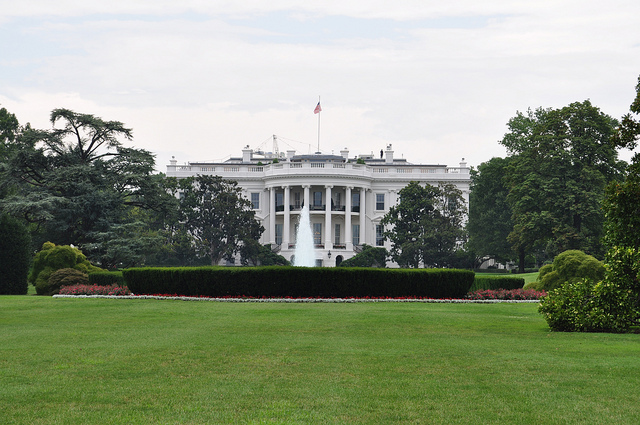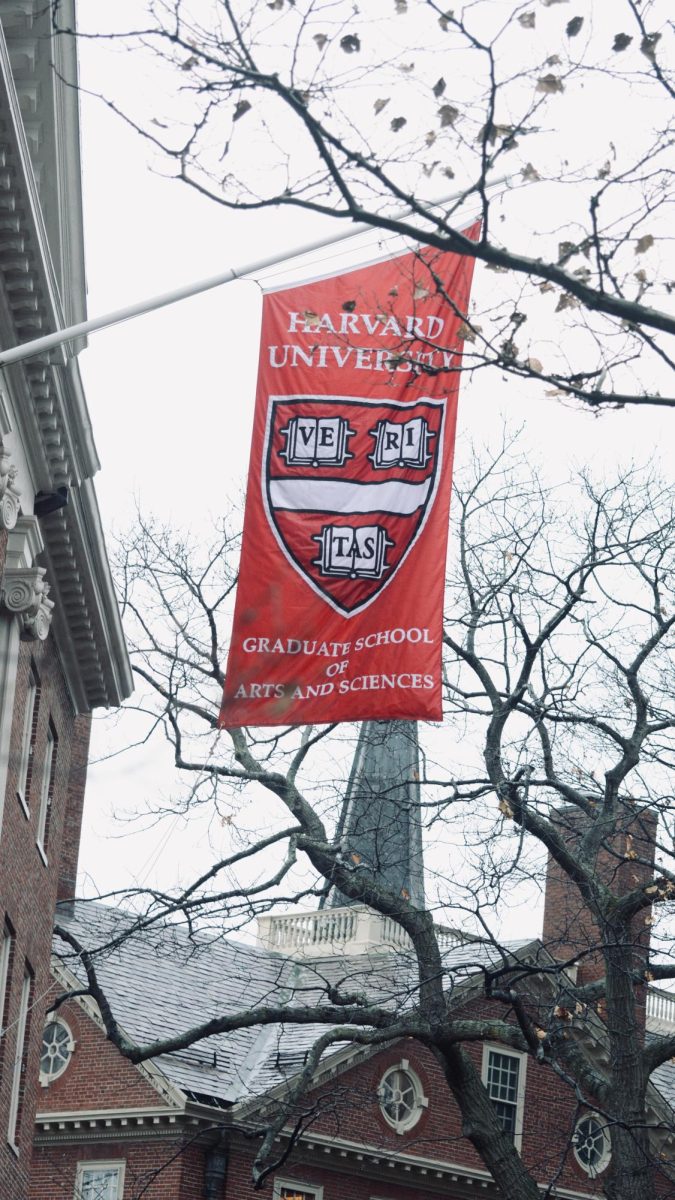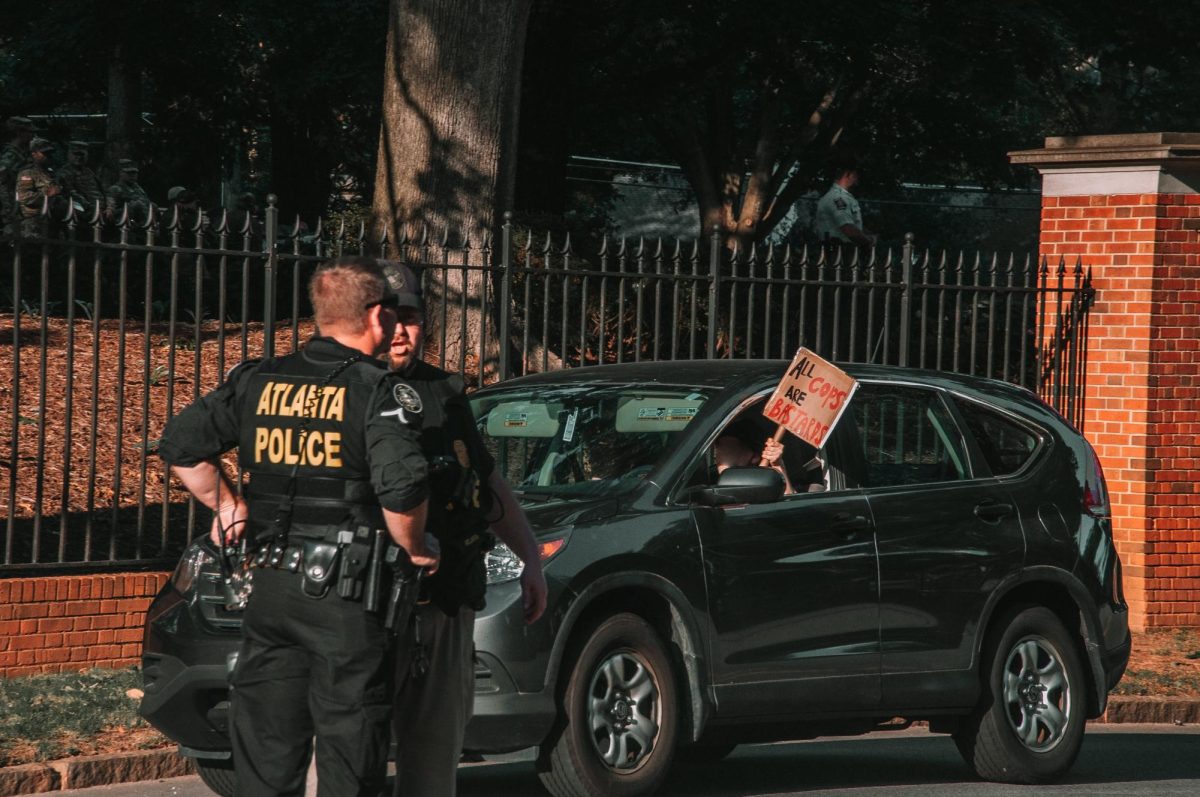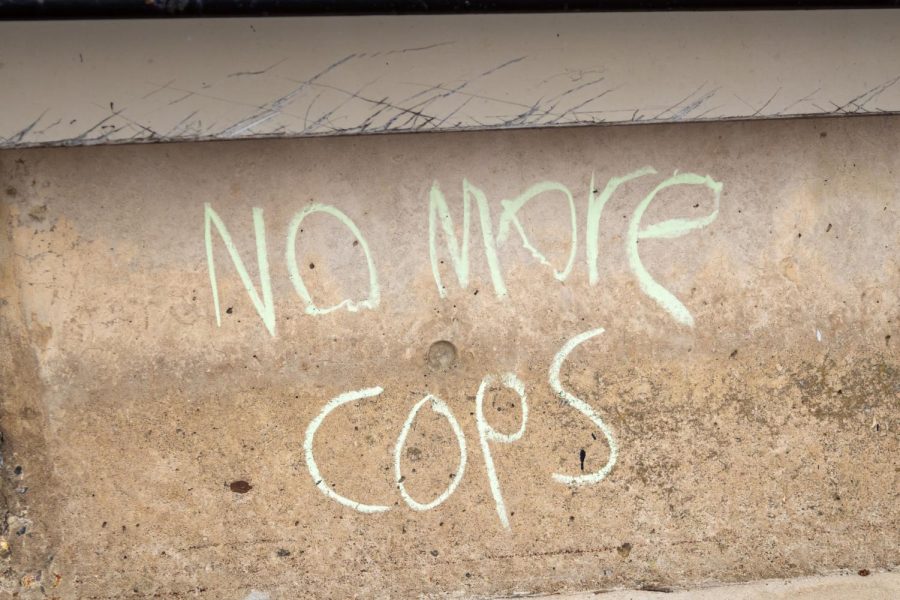Spring is finally upon us, and nothing brings in the new season like being completely inundated with political candidates for an election almost 600 days away. Seriously, the election is over a year and a half away and we are already talking about it. Then again, it feels as if we’ve already been talking about it for quite some time. In fact, some might say the 2016 election never truly ended. Since then, I have heard time and time again about presidential hopefuls teasing a possible run in 2020. It’s as if the political campaign season started exactly as the old one ended. Honestly, that’s not too far of a stretch.
The election cycle in 2016 was remarkable for a plethora of reasons. Not only did we have two larger-than-life candidates, there was a larger-than-life campaign that lead up to them. The election cycle started to begin around the same time as this one is starting now. Candidates came out of the woodwork and declared themselves as early as March 2015. Eventually, 17 Republican candidates entered the cycle, joined by six Democrats. Over 20 people entered the political fray, creating an election cycle so drawn out, expensive and exhaustive that only seven candidates remained by March of 2016. Most people who ran dropped out within six months of declaring. This clearly doesn’t seem like an incredibly efficient and foolproof way of choosing a presidential candidate. So why do we do it this way?
The biggest reason is simple. Money. In 2016, Hillary Clinton raised $623.1 million to run her campaign, while Donald Trump raised $334.8 million. Obviously, that’s a lot of money, but it doesn’t stop there. Clinton raised another $598.2 million through fundraising committees, while Trump raised $543.4 million through the same avenue. Not to mention the $204.4 million and $79.3 million raised through Super PACs by Clinton and Trump, respectively. Now that is a lot of money; $1.4 billion for Clinton and $957.6 million for Trump. This is exactly why most people dropped out so remarkably quick. The amount of money that is ‘normal’ for a presidential campaign is ludicrous. A presidential hopeful who is a nobody on the national scale has to deal with this hurdle. If you want people to know who you are and have a successful run for the presidency, you better start early and start raising money. If not, you’ll have to drop out or suffer the financial consequences.
Campaigns weren’t always this way. In fact, this is quite a new phenomenon. Political scientists studying this area are calling this phase of the election cycle the invisible primary. This is the part of the campaign in which the candidates spend time raising money in time for the primaries. This is where the public begins to form an opinion on the candidates and the media begins to decide on how they are reported. In the 2020 election, we are already in this invisible primary.
The media plays an undeniably important role in the election. They are the public’s window into the political world. Without the media, most Americans wouldn’t know anything about those who are running. So, they hold quite a lot of responsibility. They get to decide who to cover and who to ignore, what images we see of the candidates and what data from the campaigns we see.
Unfortunately, problems in recent years have begun to change the way in which the media reports. Journalistic enterprises are going bankrupt everywhere. Local papers are closing or consolidating into larger companies. Television reporting has been forced to become more sensationalized in order to attract audiences. In some cases, bigger name stations have become biased in their reporting in order to hold onto their audiences who support them. In this new media landscape, the biggest stories are always going to be at the forefront. That’s why we hear so much about Trump and Clinton. In the 2020 Democratic candidate pool, how many of the names do you know about? Which names are you hearing on the news? This is still only the invisible primary, yet this phase makes the longest impression.
Clearly there’s an issue. Campaigns have started almost two years before the election even takes place. Some would argue the election cycle never truly ends. But why is this a problem? Simple. The public is tired. In an already polarized America, the constant flood of political news and campaign is making people resentful, angry and over-obsessed. Constantly talking about who is running, why they’re running, who they’re running against and their character is absolutely annoying. Most Americans don’t care about those who are running for less than six months.
Something needs to change. Campaign spending and length should be remediated. Limits on spending and how long campaigns are allowed to take place could open the door for smaller name candidates. It would also make life much quieter.
Derek Hunter is a Collegian columnist and can be reached at [email protected]



















